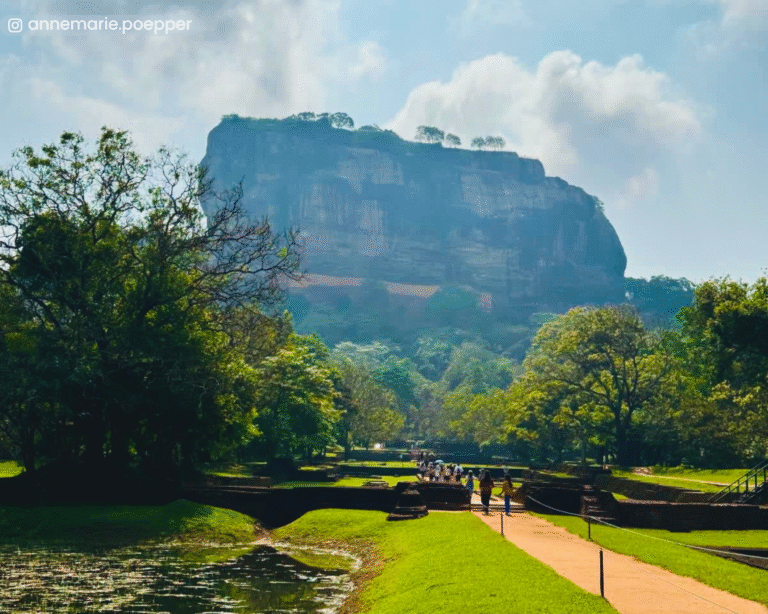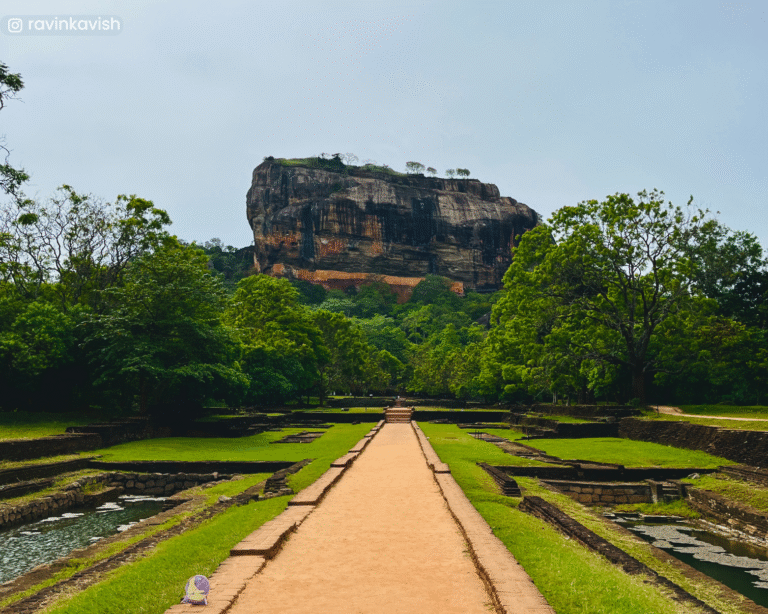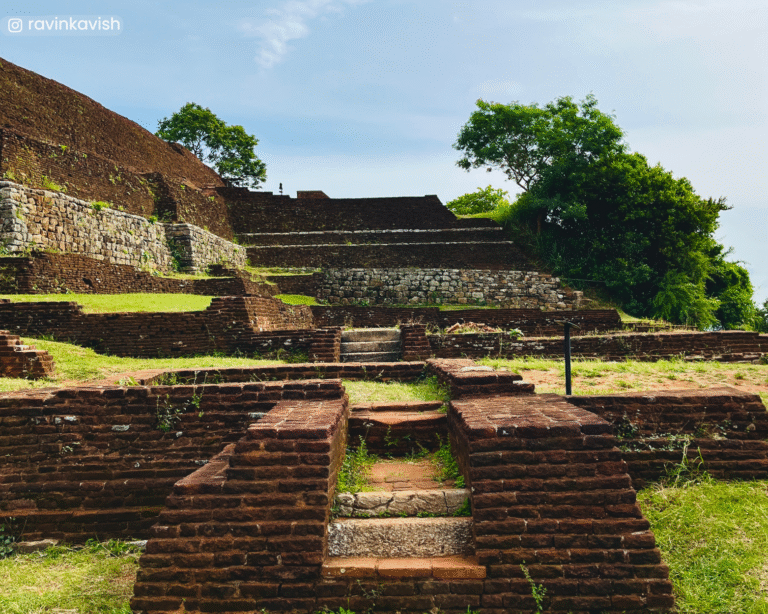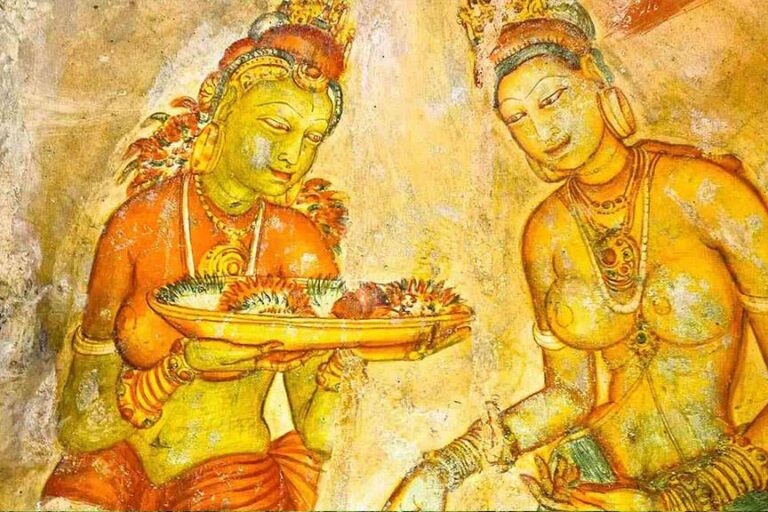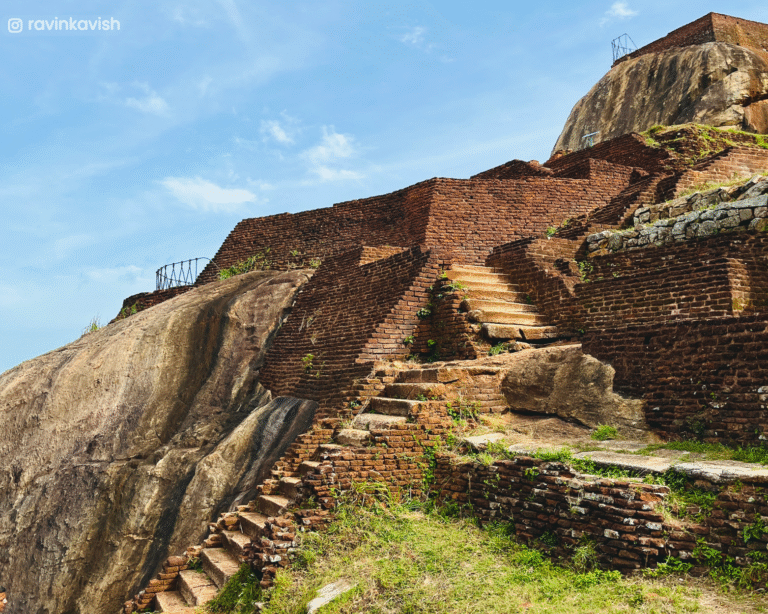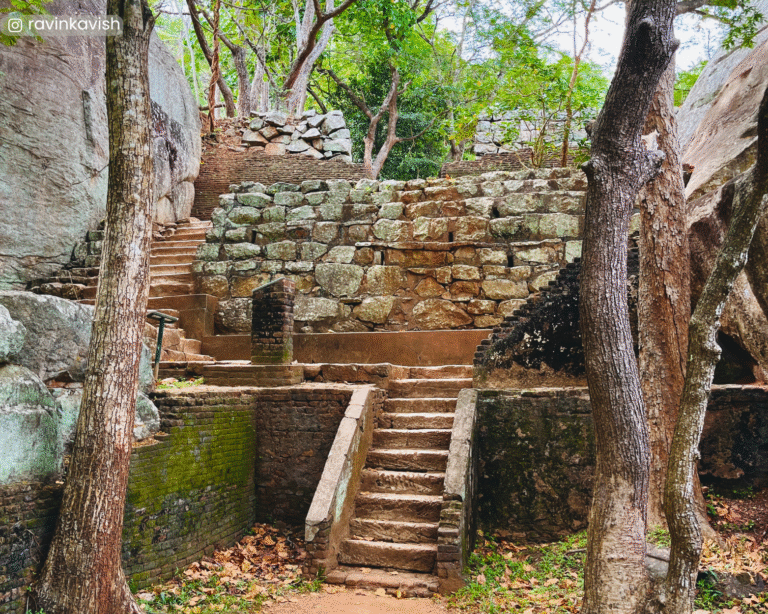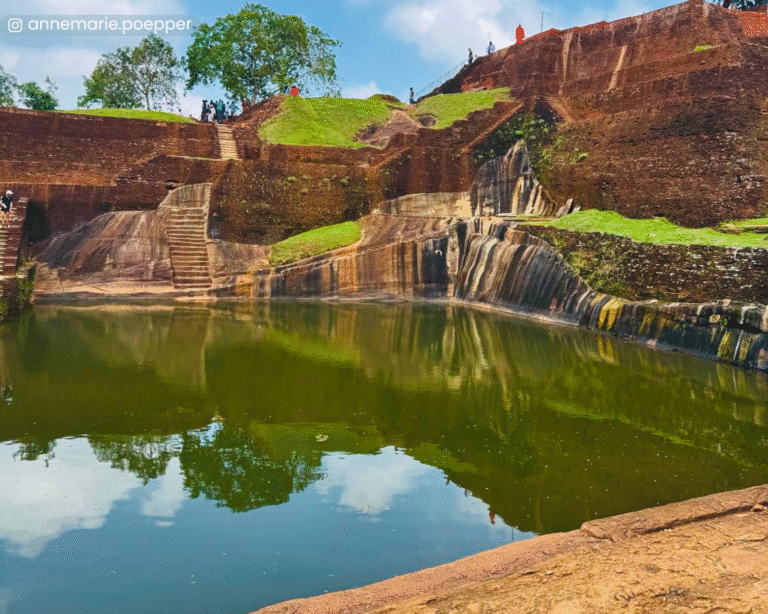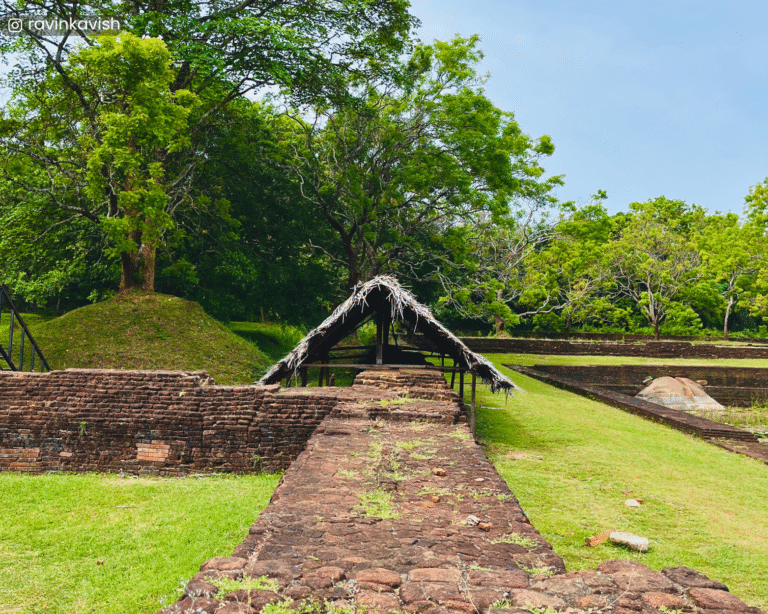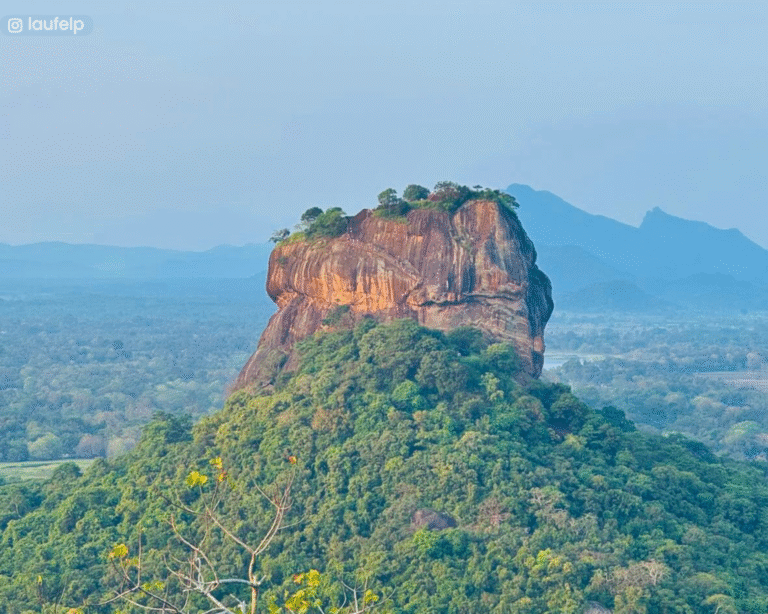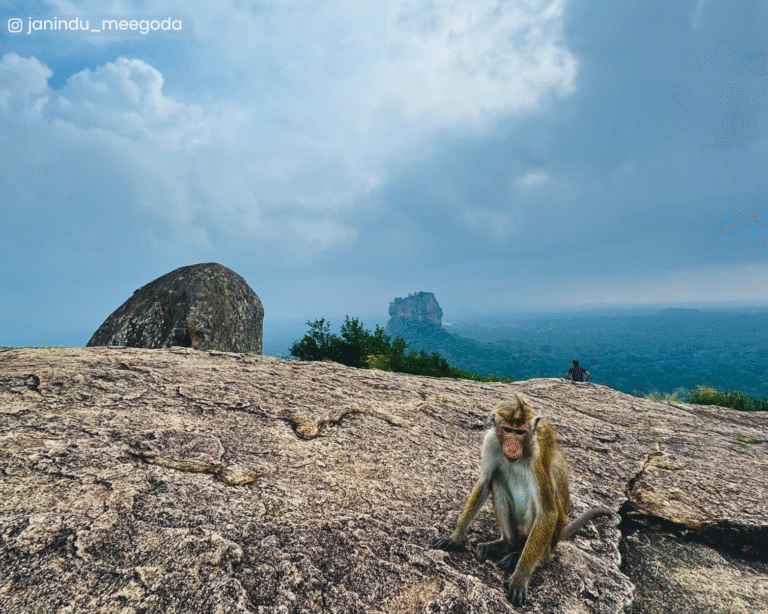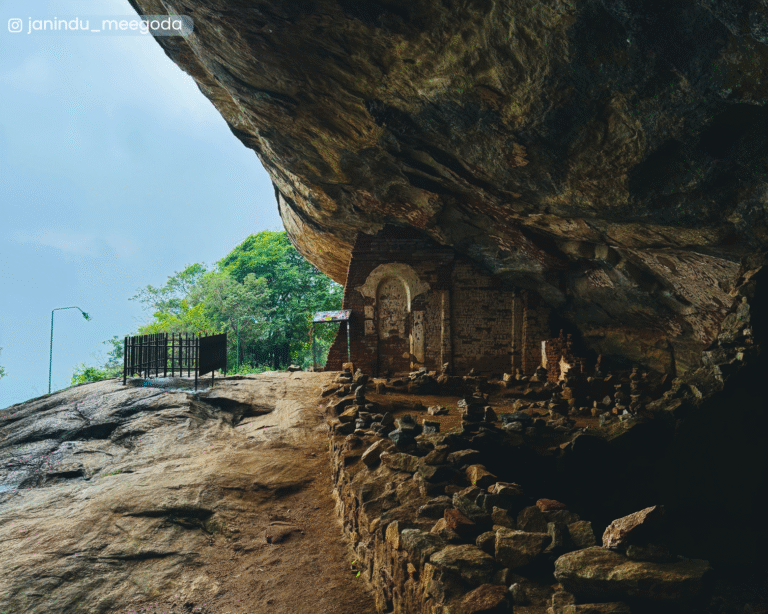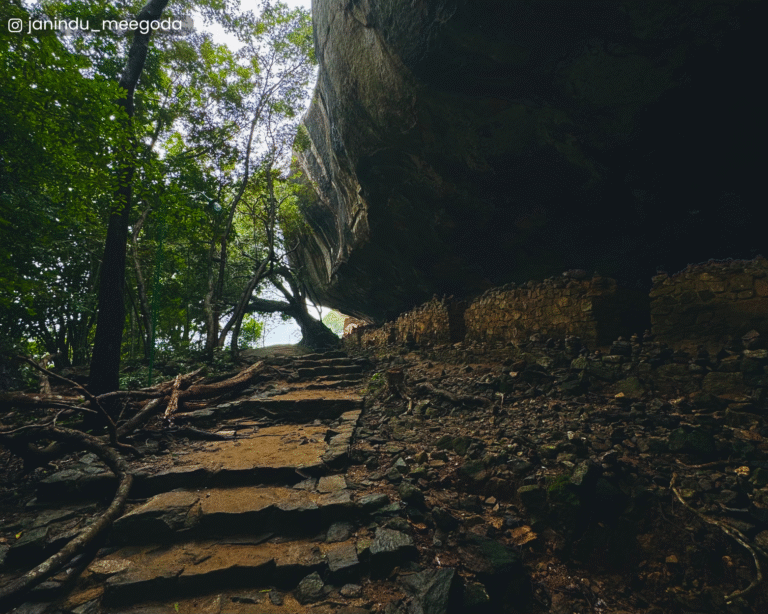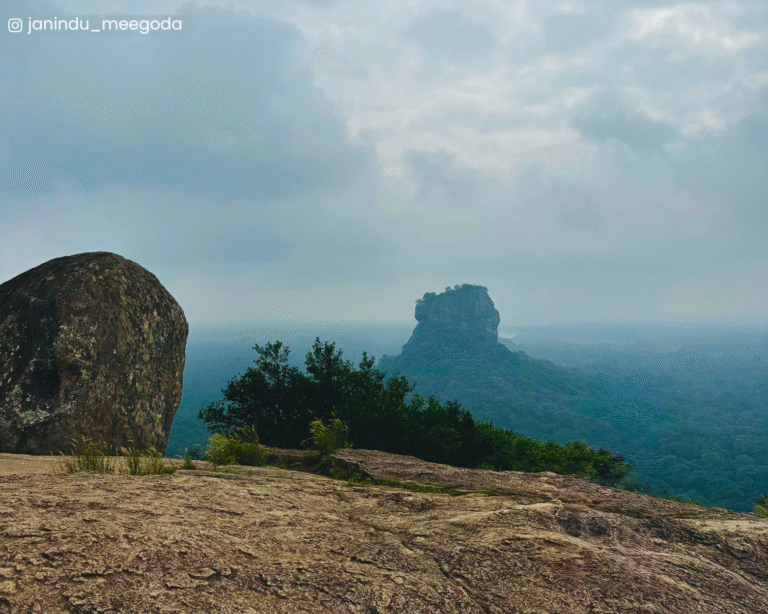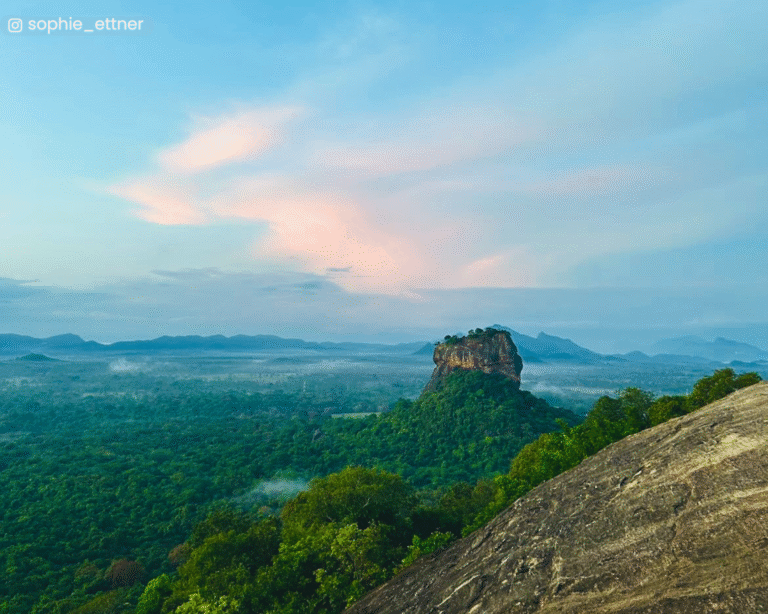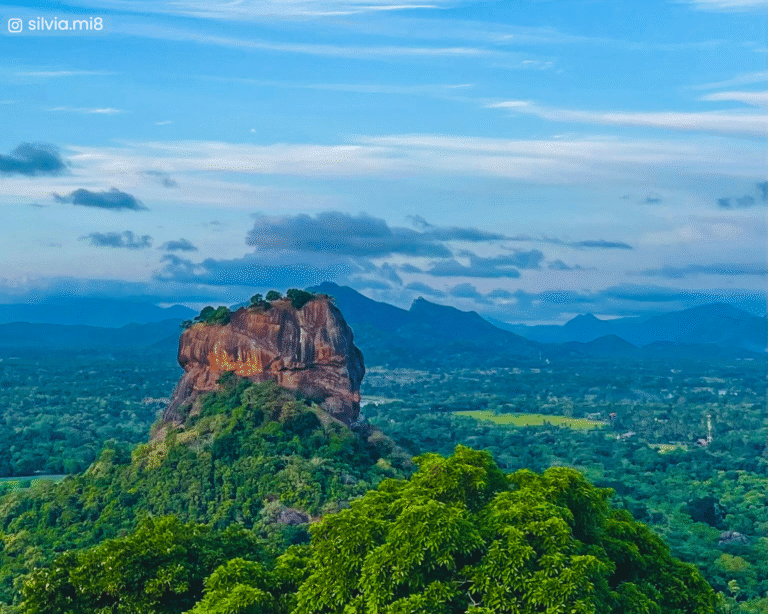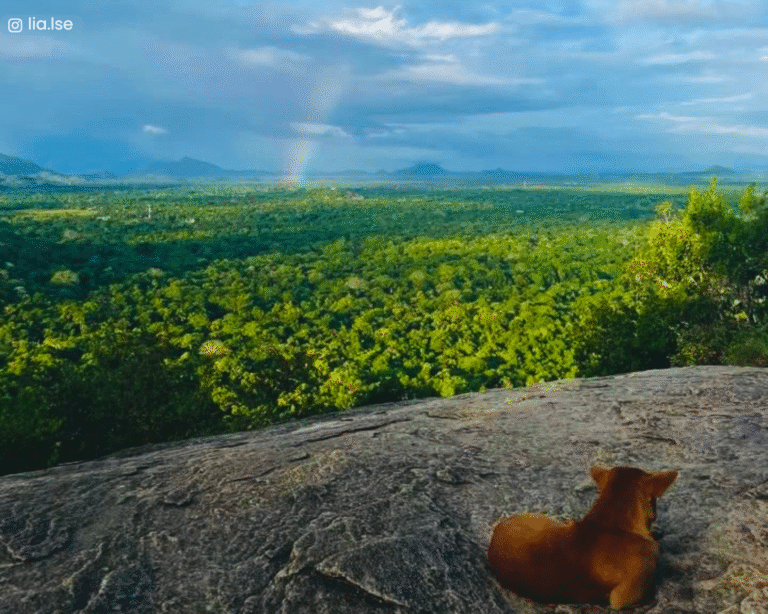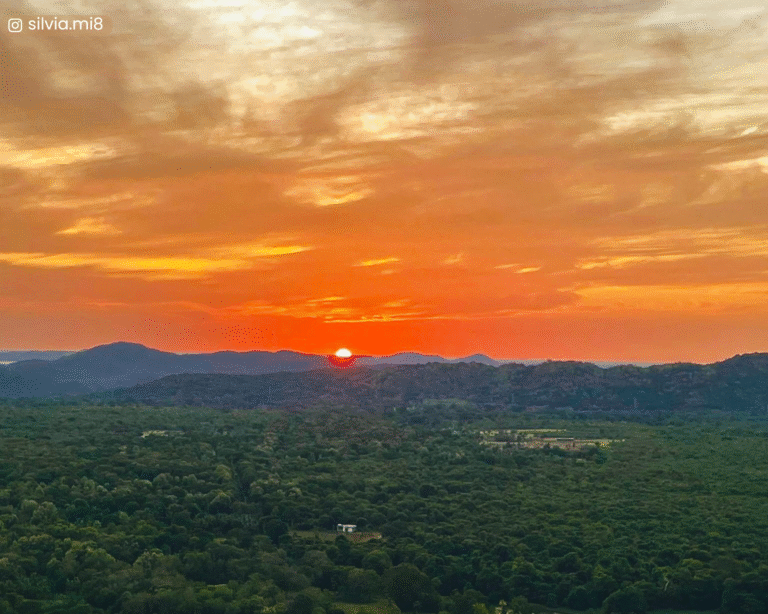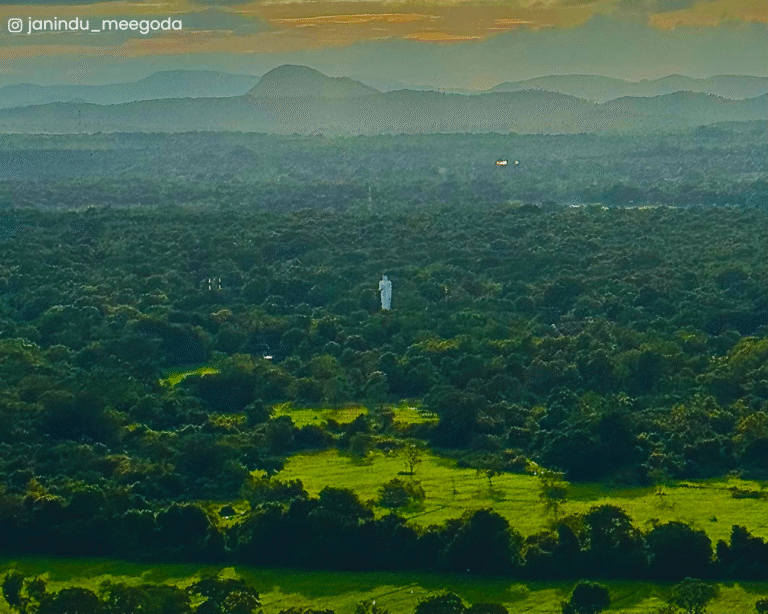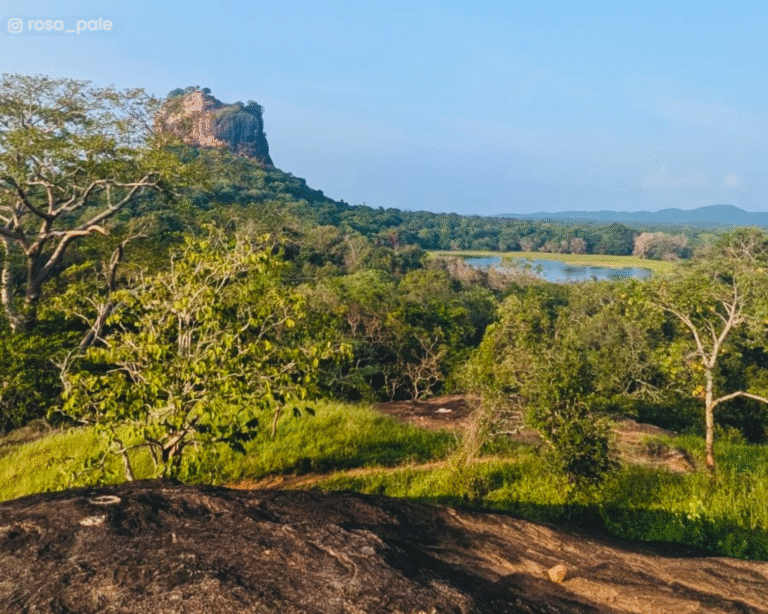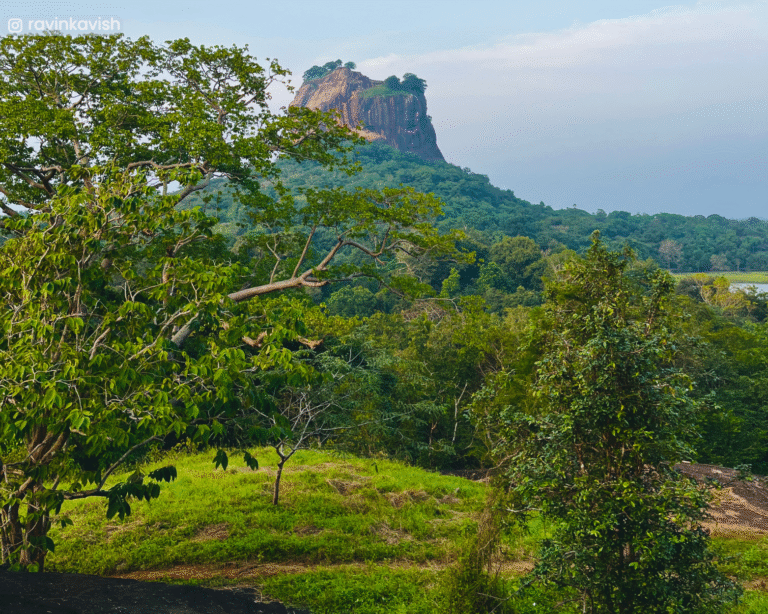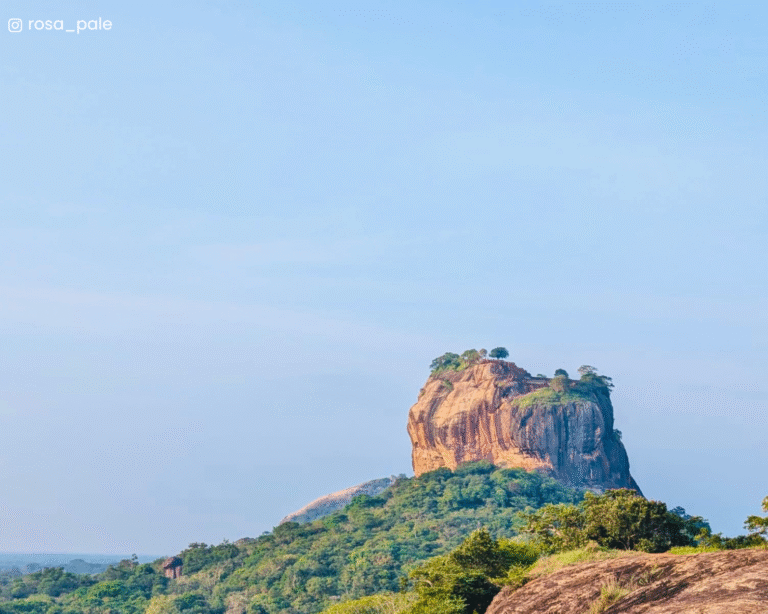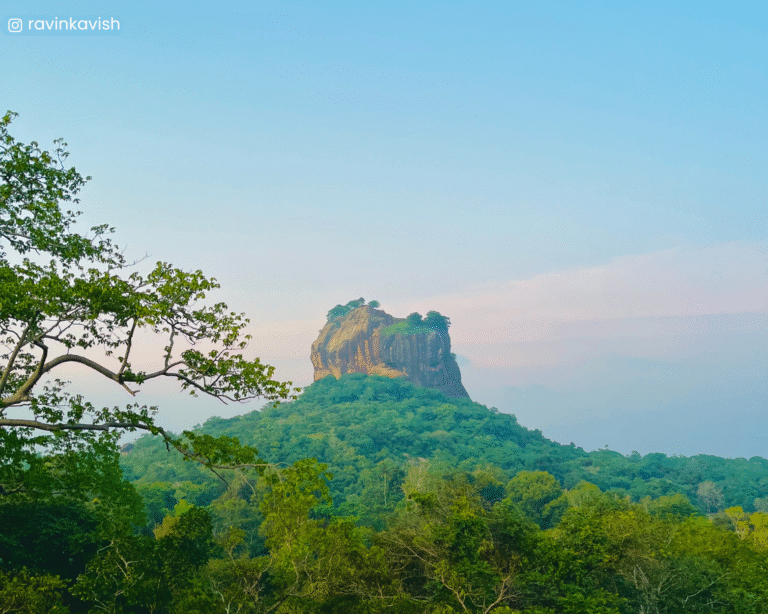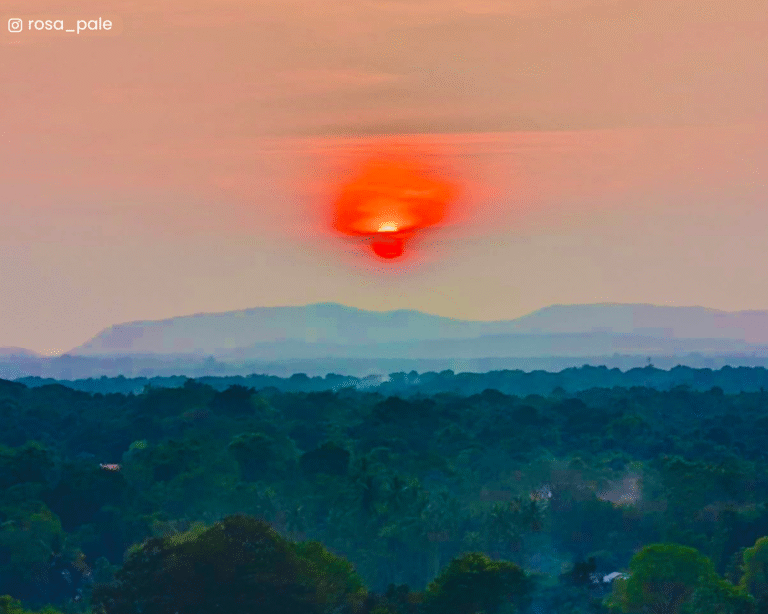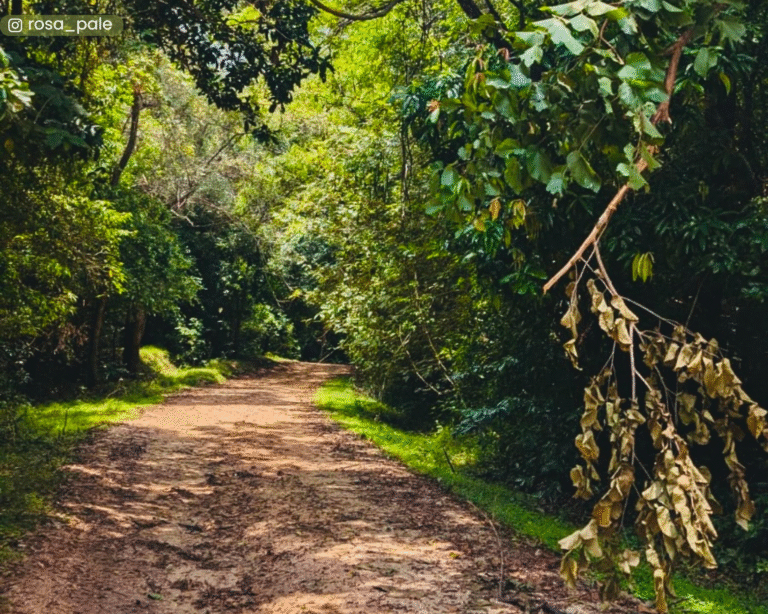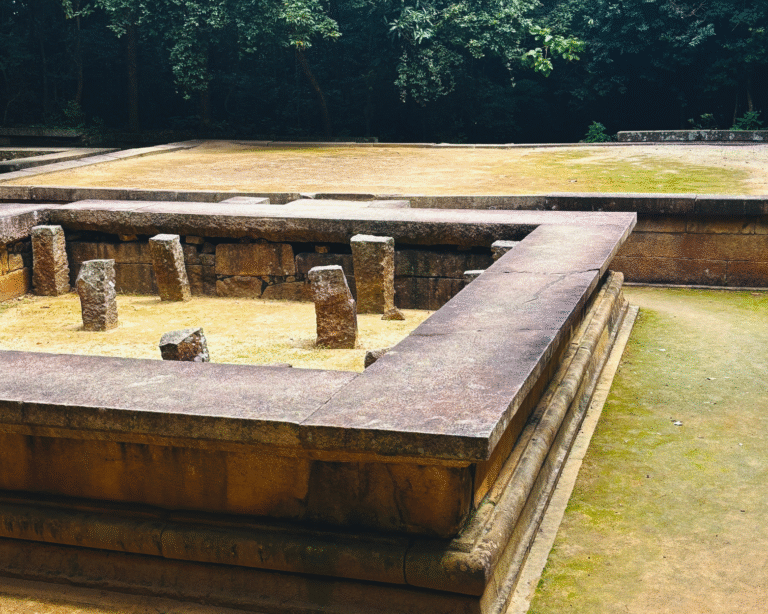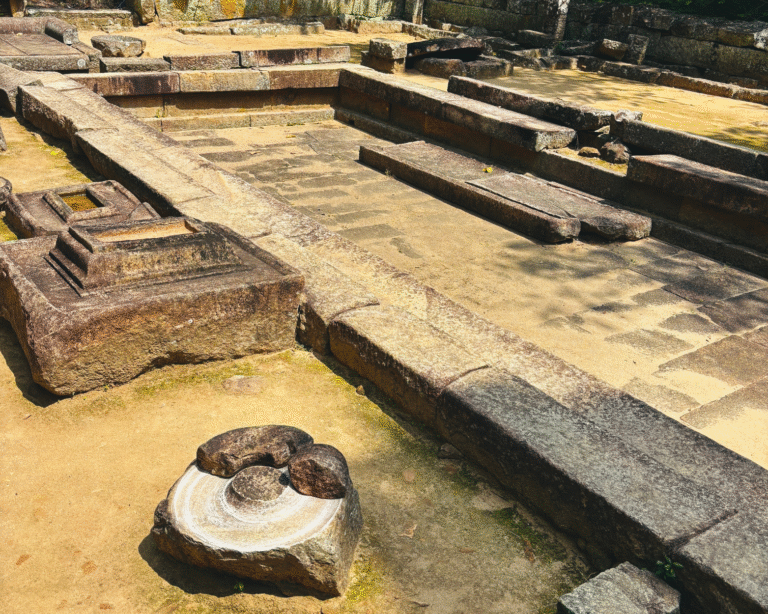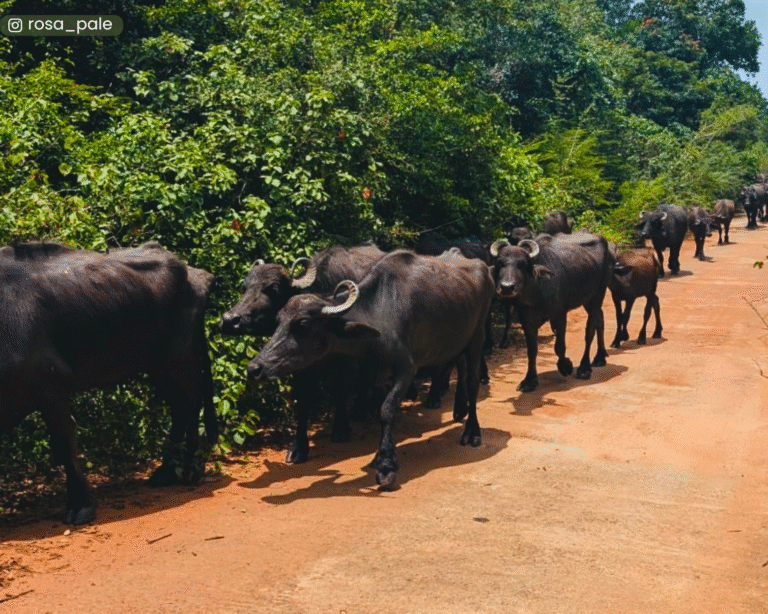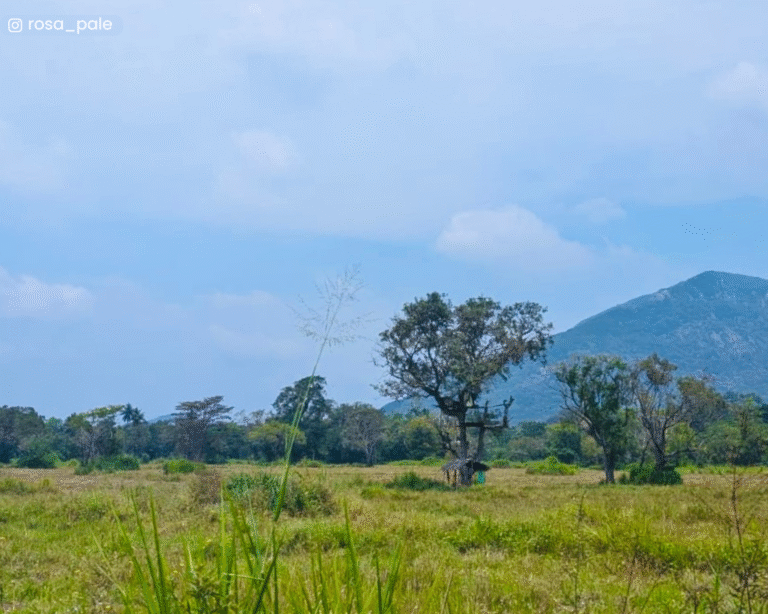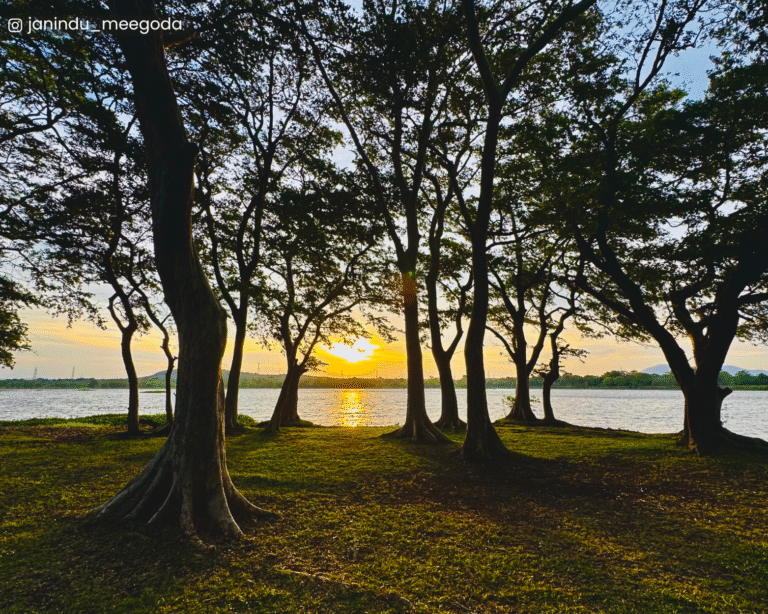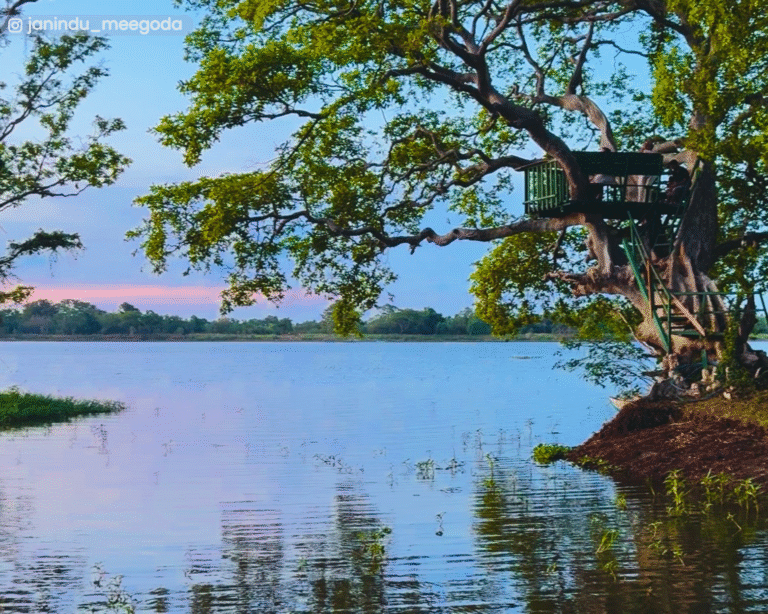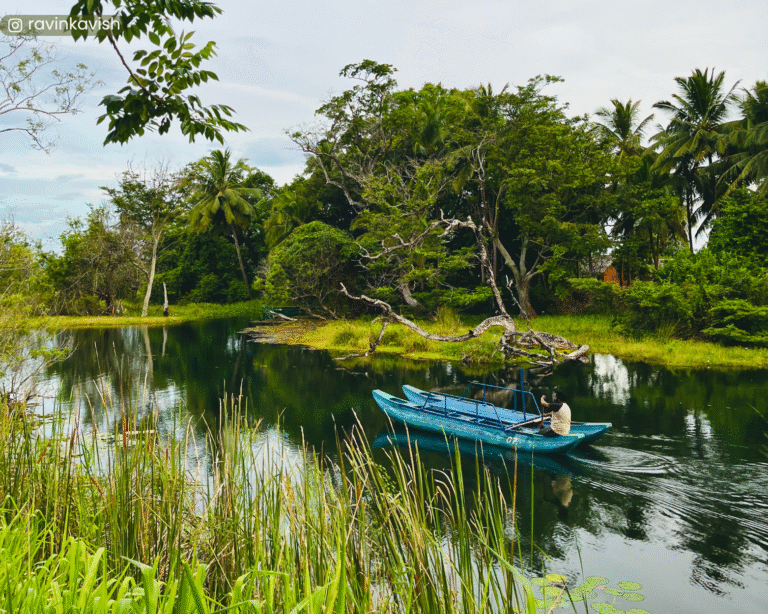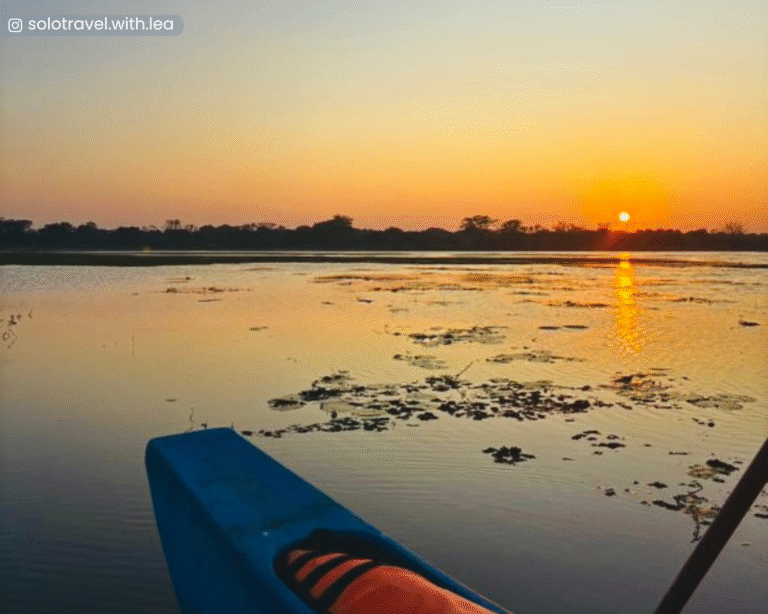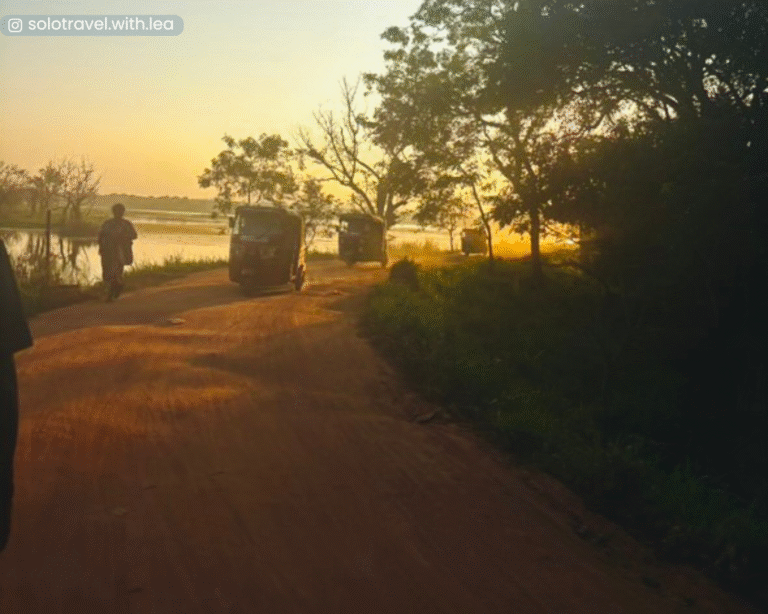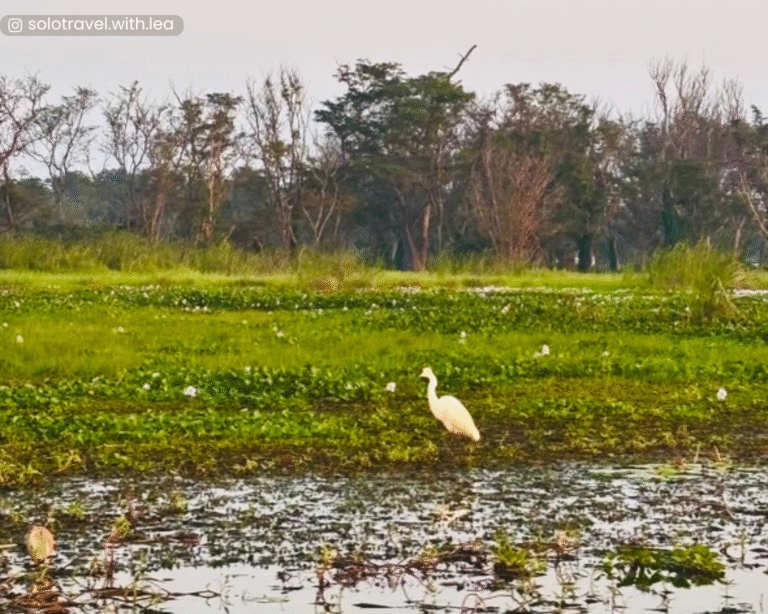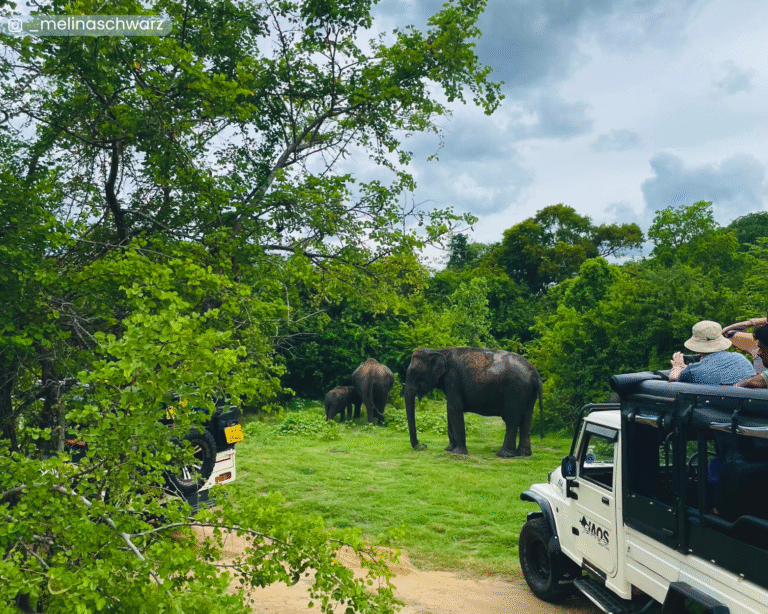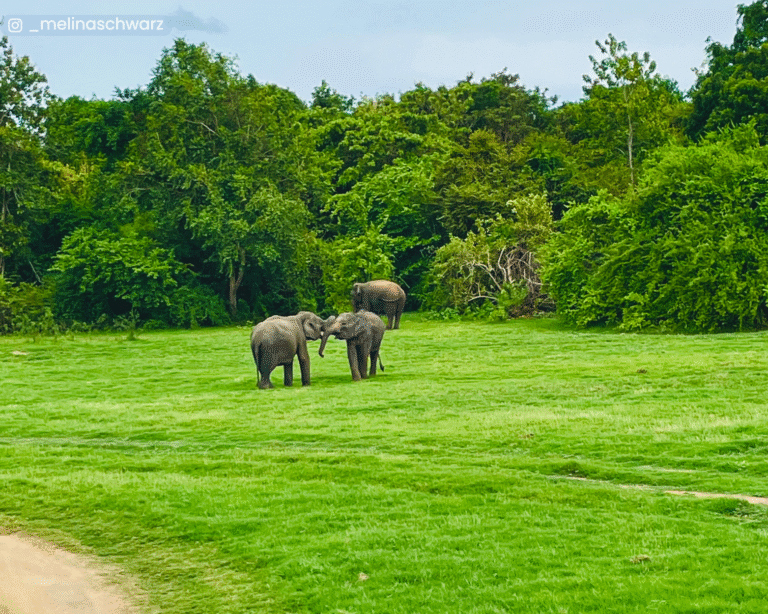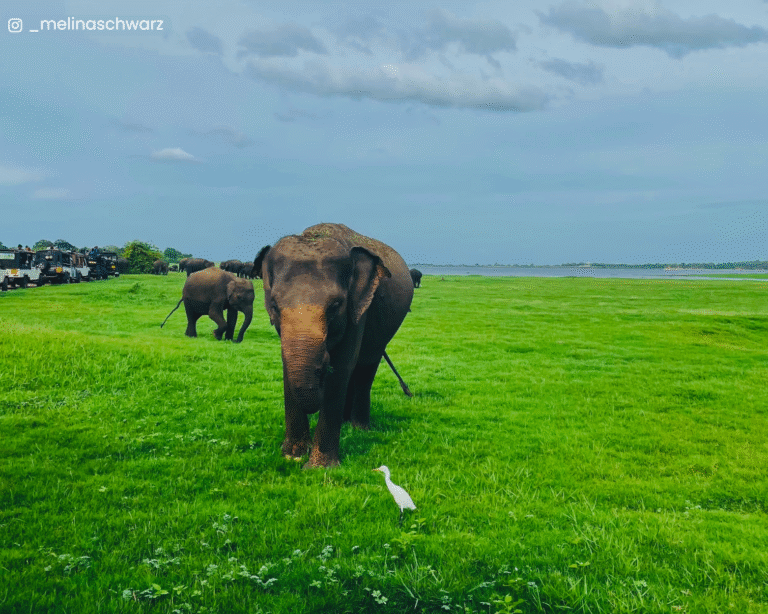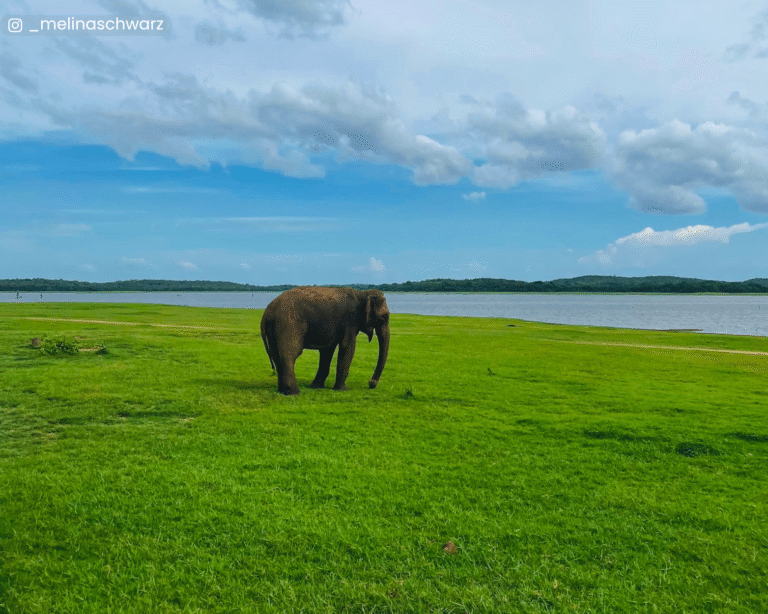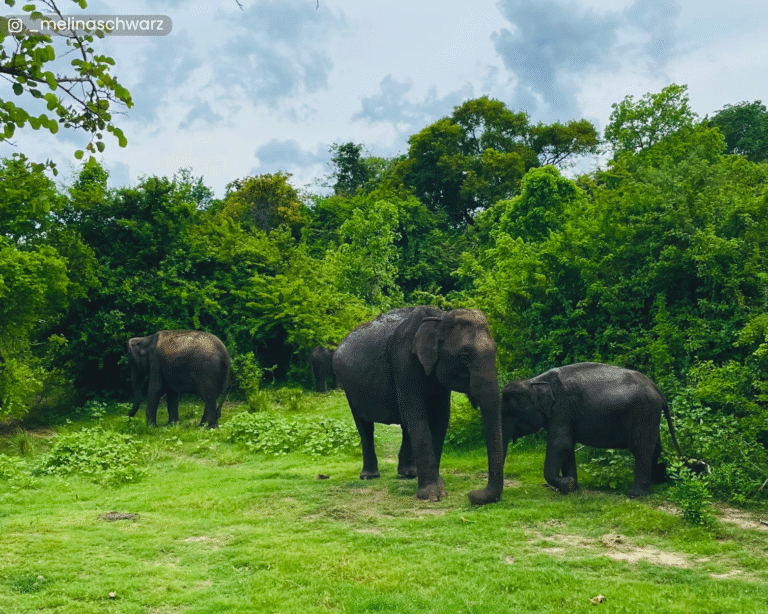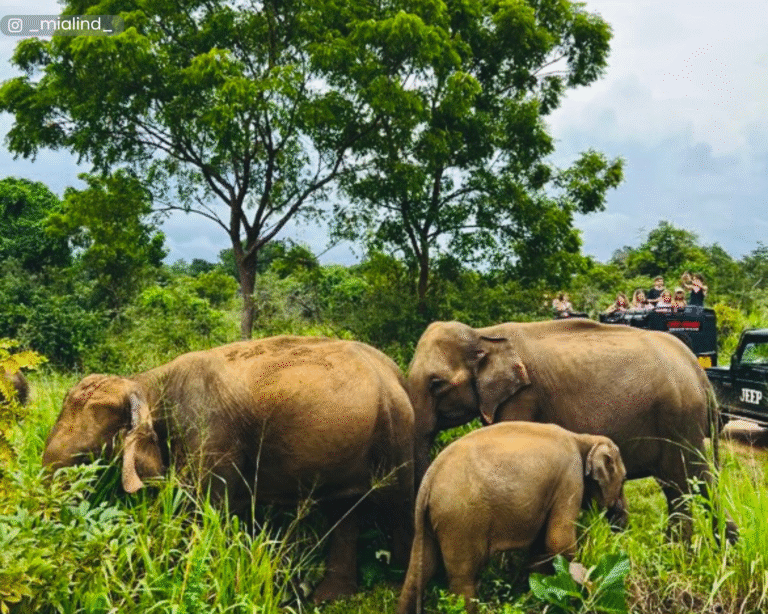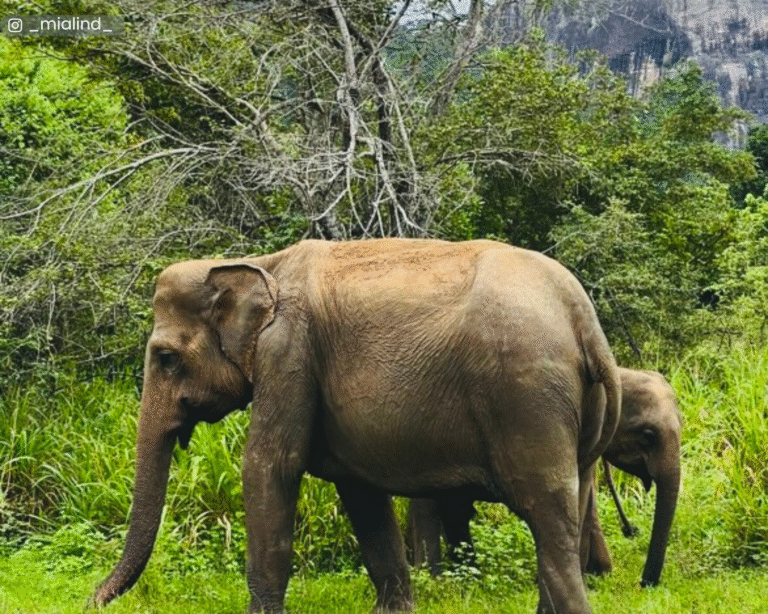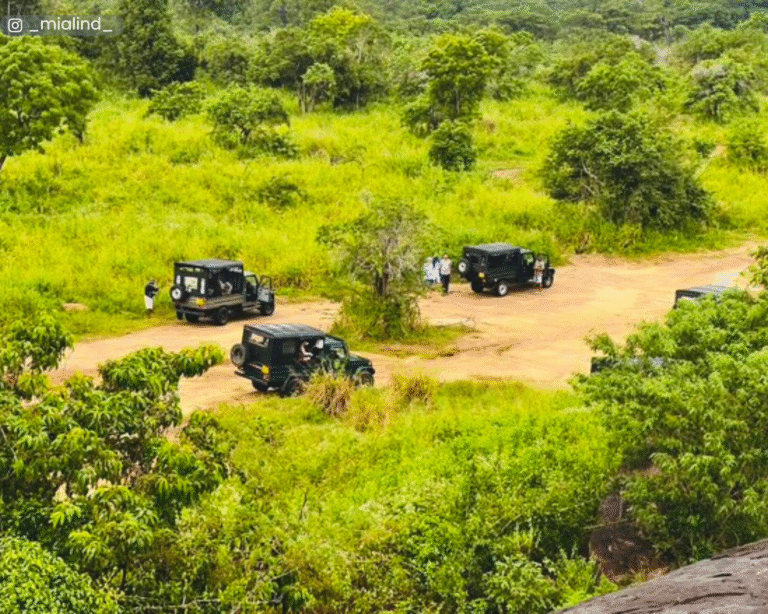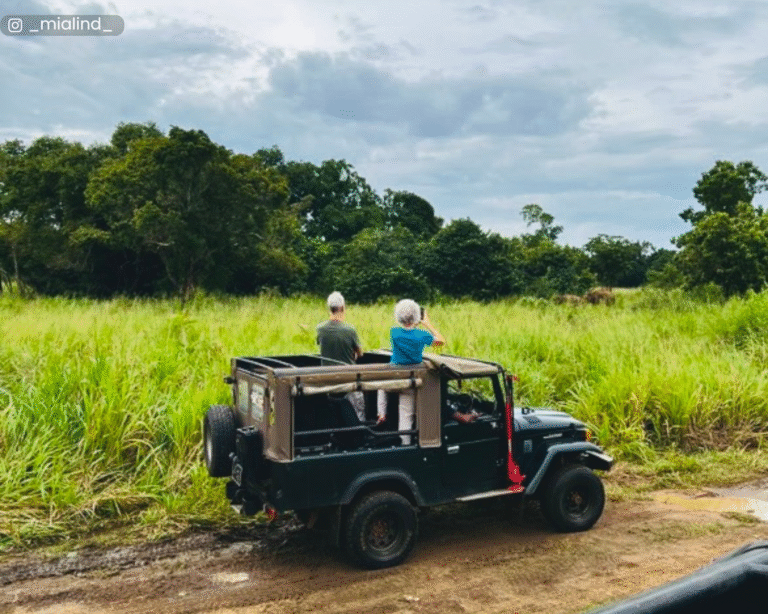Rising dramatically from the heart of Sri Lanka’s central plains, Lion Rock, known locally as Sigiriya, is one of the most awe-inspiring and mysterious monuments in Asia. This colossal column of granite towers nearly 200 meters (660 feet) above the surrounding jungle, dominating the landscape with its sheer cliffs, breathtaking vistas, and ancient artistry that speaks of an advanced civilization and royal ambition from over 1,500 years ago.
Once the site of King Kashyapa’s royal citadel in the 5th century CE, Sigiriya is an extraordinary fusion of natural geology and human ingenuity. According to ancient chronicles, the ambitious king transformed this massive rock into an impenetrable fortress and a lavish palace complex after seizing the throne. He built grand terraced gardens, moats, fountains, and symmetrically designed water gardens at the base, considered some of the oldest landscaped gardens in the world.
Halfway up the rock lies a gallery adorned with the famous Sigiriya frescoes, vivid paintings of celestial maidens or Apsaras, rendered in brilliant red, gold, and ochre hues. These frescoes, preserved for over a millennium, showcase the sophistication of early Sinhalese art and remain a priceless window into Sri Lanka’s cultural past. Nearby, a vast mirror wall, originally polished so smooth that the king could see his reflection, still bears centuries-old inscriptions and verses left by ancient visitors. These writings are among the earliest known examples of graffiti poetry in human history.
The most iconic feature of Sigiriya is the monumental Lion’s Gate, a grand entrance once carved into the shape of a colossal lion. Though only its enormous paws survive today, they continue to guard the final ascent to the summit, giving the rock its famous name Lion Rock. Standing before these stone remnants, visitors can almost imagine the full grandeur of the lion’s head that once towered over the stairway, symbolizing both power and protection.
At the summit lies the royal citadel, where the ruins of King Kashyapa’s palace overlook a panorama of dense forest, shimmering lakes, and distant mountain ranges. The remains of brick foundations, bathing pools, and throne-like seats whisper stories of ancient opulence and ambition. It is said that the king ruled from this lofty perch, surrounded by clouds and beauty, until his dramatic fall from power.
Beyond its royal legacy, Sigiriya also holds deep archaeological and spiritual significance. Long before it became a fortress, the site is believed to have served as a Buddhist monastic retreat, and after Kashyapa’s death, monks once again made it their home. Today, it stands as a UNESCO World Heritage Site, celebrated not only as a marvel of ancient urban planning but also as a masterpiece of harmony between man and nature.
Visitors who climb its 1,200 steps are rewarded not only with breathtaking views but also with a profound sense of connection to history, to human creativity, and to the enduring spirit of Sri Lanka. Sigiriya is not merely a rock; it is a living chronicle carved in stone, a testament to the power of vision, artistry, and the timeless pursuit of greatness.
Read More
